During the resistance war against the US to save the country, Binh Thuan was one of the heroic and resilient localities, contributing significantly to the victory of the Southern revolution. On the land of Sa Lon - which used to be an important base of the Binh Thuan Provincial Party Committee - there were many glorious victories, noble sacrifices and historic decisions of a time of "undaunted courage and unwavering will".
There, the Provincial Party Committee Office is not only a staff and support agency, but also a real "headquarters", a place to inspire solidarity, affirm the central role of organizing and protecting the consistent leadership of the Provincial Party Committee during the most fierce years.
Historical milestones
Immediately after the resistance war against the French colonialists ended, the superiors appointed the establishment of the Central Southern Party Committee - the predecessor of Inter-province 3 including Binh Thuan, Ninh Thuan and Khanh Hoa - Comrade Tran Le held the position of Secretary of the Committee and Secretary of the Binh Thuan Provincial Party Committee. The Provincial Party Committee office was then located in Suoi Da Mai (Nui Ong, Tanh Linh), then gradually moved to Rung Ngang (Le Hong Phong area), to A Ra - Sa Lon - which became the longest-term military base during the resistance war. The initial Office apparatus, although compact, operated very flexibly. Each person was both an administrative officer and a soldier, ready to hold a gun, transport food, and protect the office in all dangerous situations.
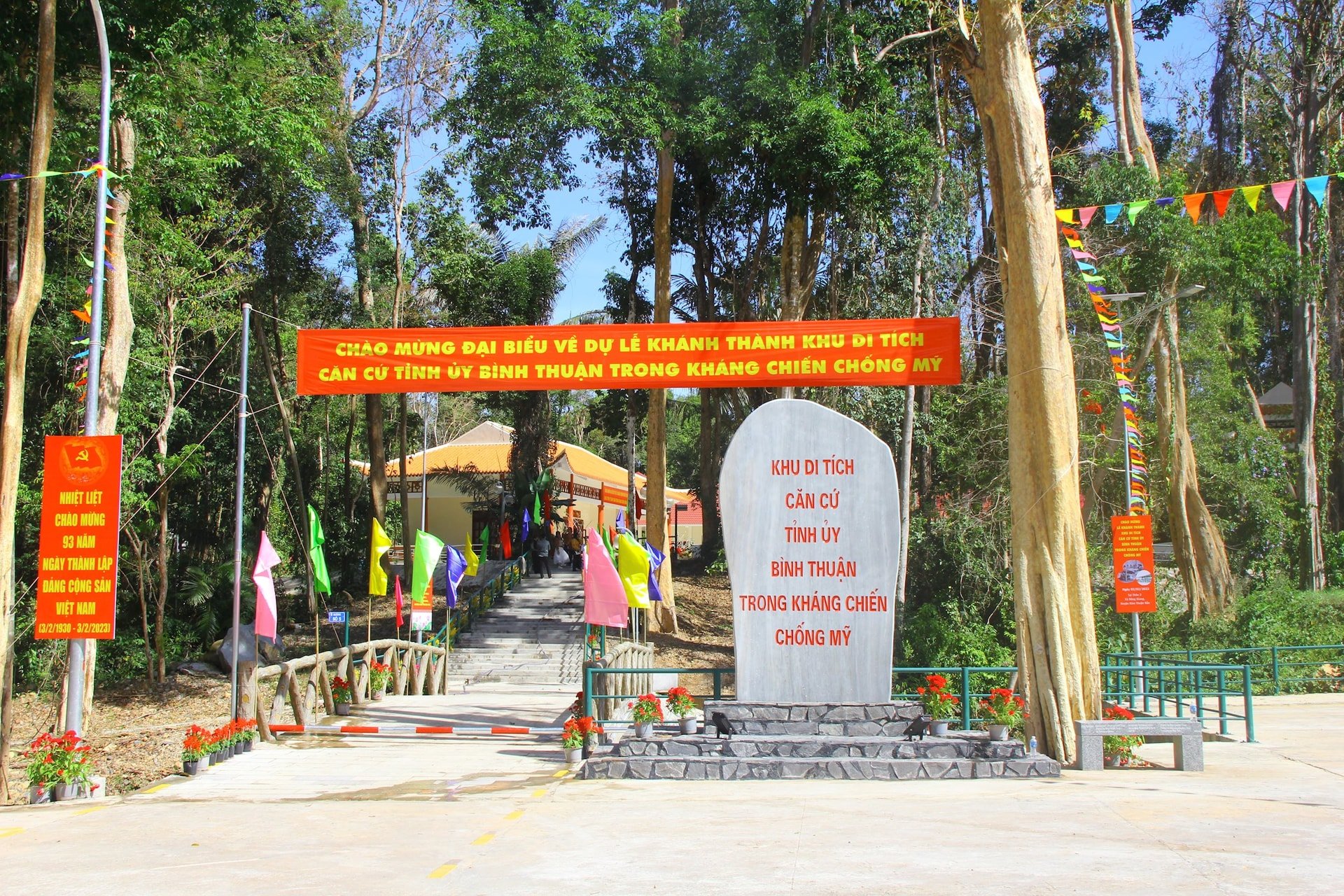
The period 1961-1964 marked many changes: The agency was successively relocated to the Mac Co area, then Deo Nam - closer to the plain, closer to the people, more convenient for command. In April 1967, the administrative organization was restructured: Bac Binh province was born from Hoa Da, Tuy Phong, Phan Ly districts and part of Tuyen Duc. The provincial capital was located in the Ga Lang mountain area. However, in August 1968, Bac Binh was dissolved, merged with Binh Thuan, and the agency headquarters moved to Deo Gio Lanh (Ham Thuan). At the same time, Binh Tuy province was also established, including Ham Tan, Hoai Duc, Tanh Linh districts, with the Office located at the source of the Phan River - Ong Mountain.
In the early 1970s, the Nam Son base was established – where the three provinces of Binh Thuan, Binh Tuy, and Lam Dong had their command headquarters. This was a period of close connection between departments such as organization, propaganda, and mass mobilization – operating under one roof: the Provincial Party Committee Office. From here, the two provinces of Binh Thuan and Binh Tuy held a political congress, establishing a provisional revolutionary government – a political victory of great significance in the struggle in the South.
After the memorial service for President Ho Chi Minh (1969), in July 1970, Binh Thuan and Binh Tuy held their first Party Congress during the anti-American resistance period. This was an important milestone in consolidating the Party's trust and organization in the locality. From 1974 to the liberation day in 1975, the Binh Thuan Provincial Party Committee proactively relocated many times, always staying close to the battlefield and the people. The last stationing location was at kilometer 36 of Provincial Road 8 (now National Highway 28) - the premise for the takeover of Phan Thiet town on April 19, 1975. At the same time, Binh Tuy, under the leadership of the Provincial Party Committee, the Provincial Party Committee Office at Nui Lop base commanded the campaign to liberate the entire province within the first 3 months of 1975, contributing significantly to the overall victory of the historic Spring campaign.
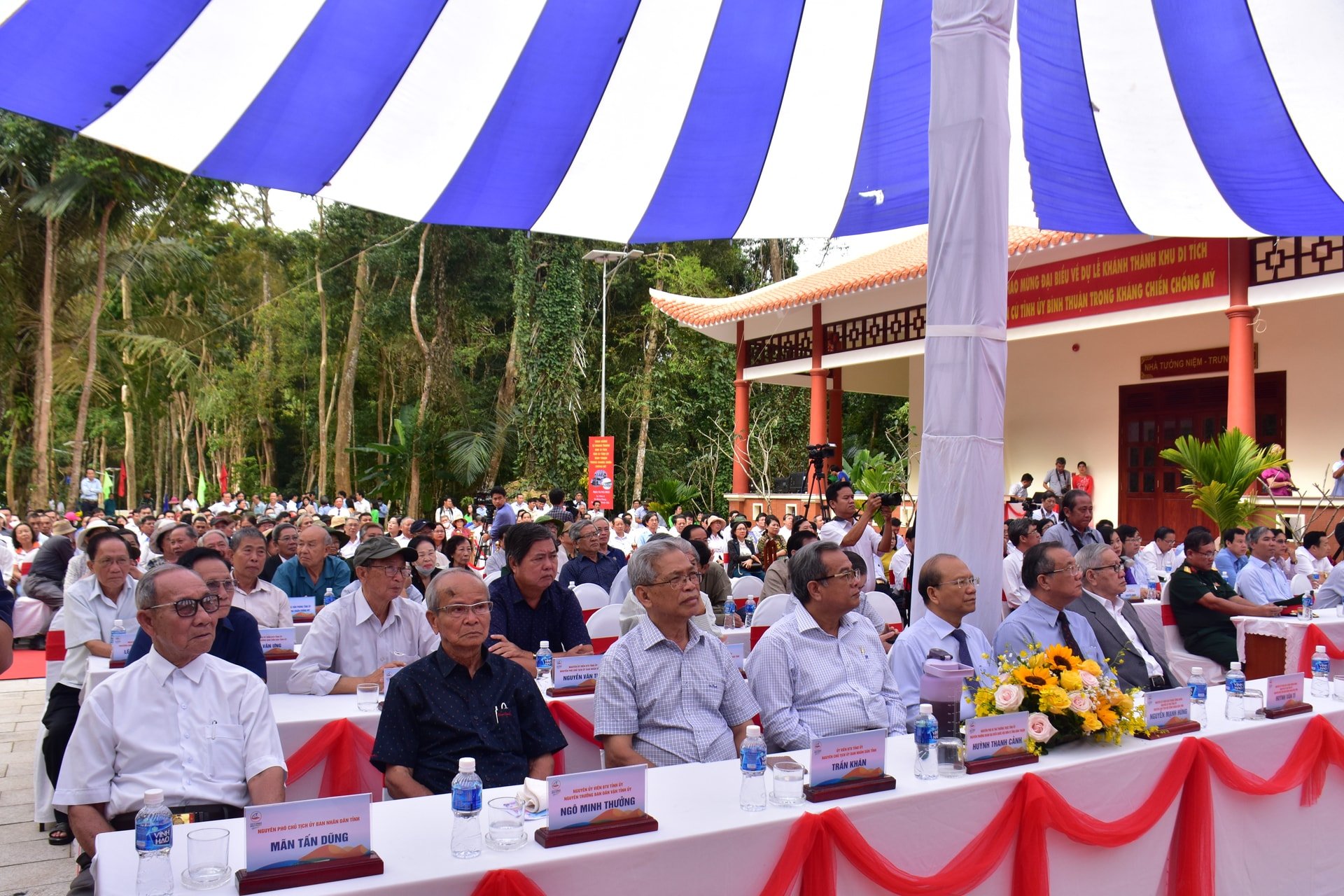
When the Office is the silent frontline
Not only performing the task of advising, synthesizing and organizing services, during the resistance war against the US to save the country, the Binh Thuan Provincial Party Committee Office was also a direct fighting force and contributed to major and minor victories across the battlefield. During the resistance war, "solving food" was a vital task. Without logistics, there would be no organization. The logistics, administration and catering departments were not only responsible for cooking but also directly growing, transporting food, and dividing rations according to strict regulations - demonstrating the spirit of discipline and solidarity. In addition, the Office also organized a communications, cryptography and radio department - the "blood vessels" of the entire Provincial Party Committee's communication. Cryptography and radio soldiers always considered keeping documents and machines safe more important than their own lives. In addition, the Office also carefully organizes and serves the congresses and conferences of the Provincial Party Committee: From setting up a field hall, digging the Hoang Cam kitchen, arranging accommodation, digging bomb shelters for delegates, to preparing content, summarizing the situation, even organizing hunting to improve meals... All are aimed at ensuring the conference is successful in absolute secrecy and safety.
Not stopping there, the Provincial Party Committee Office also sent many cadres and soldiers to directly participate in many major campaigns: From destroying the Hoai Duc - Bac Ruong sub-region to destroying the plantation area, bringing ethnic people back to the base. Many of the Office cadres were only 17 or 20 years old at that time, not knowing what love was but were ready to sacrifice. Some went on business trips and never returned. Some were disabled for the rest of their lives. The entire Office had nearly 80 martyrs, including 2 Heroes of the Armed Forces: Le Van Bang and Nguyen Hoi. Dozens of their mothers were honored as Heroic Vietnamese Mothers.
Continuing Tradition in Peacetime
After the liberation day, many cadres of the Provincial Party Committee Office were assigned by the Party to take on important positions: from districts, towns to departments and branches, some as international experts in Cambodia, some working at the Vietnamese Embassy abroad. Regardless of their positions, they continued to contribute: Some worked in social work, veterans' associations, education promotion associations, charity associations... Some were old and weak but were still exemplary party members in residential groups, party cells, villages, and became pillars of the mass movement at the grassroots level. More than 80 martyrs fell during the resistance war and since the country's reunification, more than 55 former cadres of the Office have also passed away, many of whom contributed to finding the historic Sa Lon base - but now no longer have the opportunity to return. Mentioning their names is to mention a generation that "ate betel leaves, drank stream water, slept in the forest" but never retreated. To show gratitude, to light up memories, to be a guiding light for today and tomorrow.
Although not on the front lines of combat, the Provincial Party Committee Office is still the “launching pad” for important decisions, the place to preserve the leadership bloodline, the place where the bravery, intelligence and loyalty of an entire generation converge. In the new era, when the country is changing dramatically, those traditional values are still the source of strength.
Source: https://baobinhthuan.com.vn/van-phong-tinh-uy-binh-thuan-dau-an-mot-thoi-hoa-lua-129671.html


![[Photo] General Secretary attends special art program "Spring of Unification"](https://vphoto.vietnam.vn/thumb/1200x675/vietnam/resource/IMAGE/2025/4/29/e90c8902ae5c4958b79e26b20700a980)
![[Photo] Ho Chi Minh City residents "stay up all night" waiting for the April 30th celebration](https://vphoto.vietnam.vn/thumb/1200x675/vietnam/resource/IMAGE/2025/4/30/560e44ae9dad47669cbc4415766deccf)
![[Photo] Ho Chi Minh City: People are willing to stay up all night to watch the parade](https://vphoto.vietnam.vn/thumb/1200x675/vietnam/resource/IMAGE/2025/4/29/cf71fdfd4d814022ac35377a7f34dfd1)
![[Photo] Hanoi is brightly decorated to celebrate the 50th anniversary of National Reunification Day](https://vphoto.vietnam.vn/thumb/1200x675/vietnam/resource/IMAGE/2025/4/29/ad75eff9e4e14ac2af4e6636843a6b53)
![[Photo] Demonstration aircraft and helicopters flying the Party flag and the national flag took off from Bien Hoa airport](https://vphoto.vietnam.vn/thumb/1200x675/vietnam/resource/IMAGE/2025/4/30/b3b28c18f9a7424f9e2b87b0ad581d05)
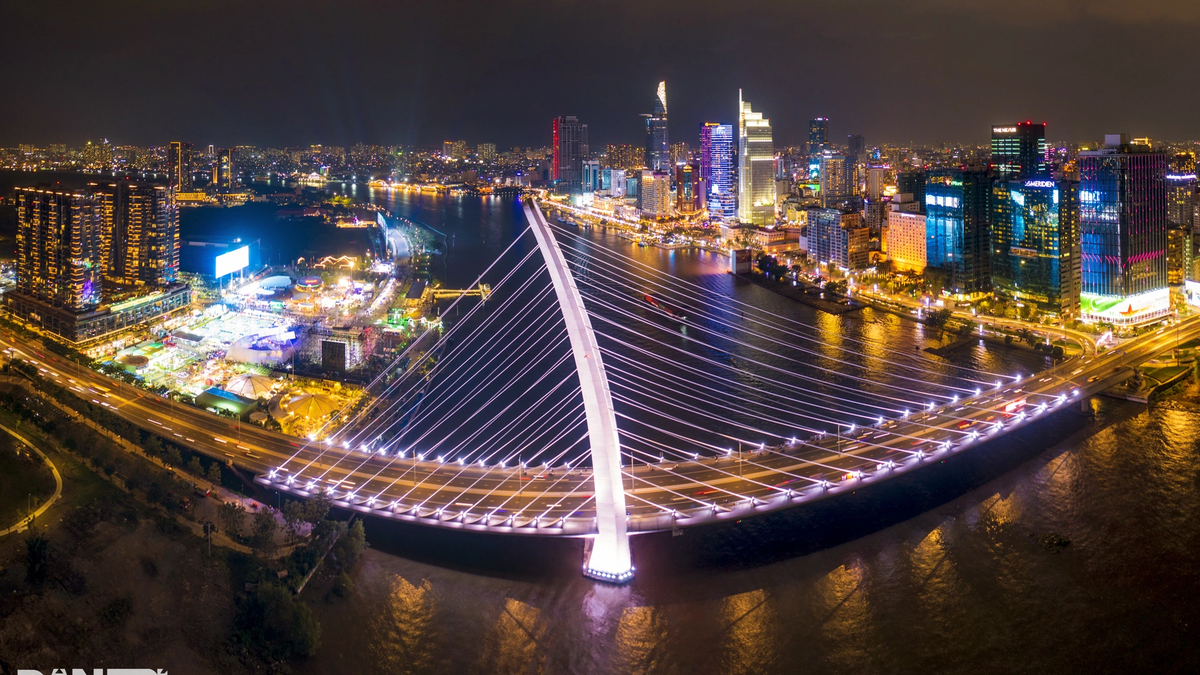



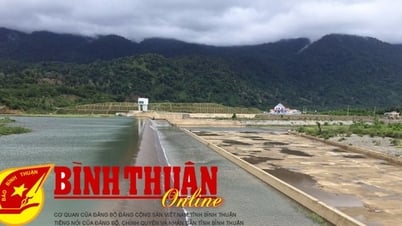



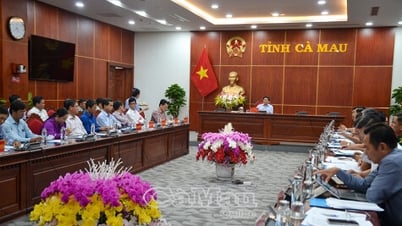

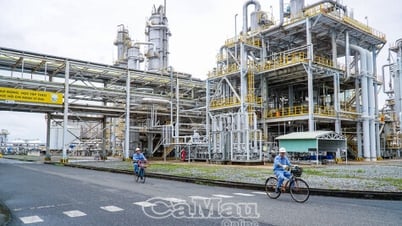






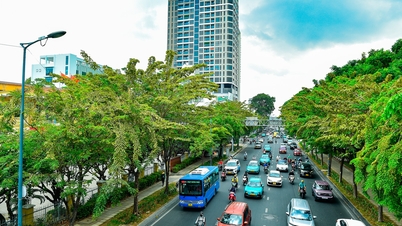
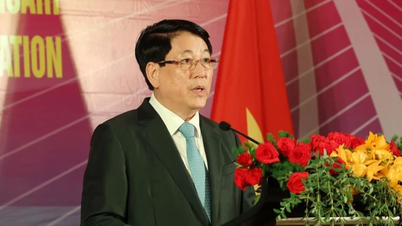
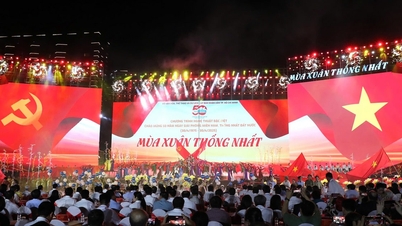


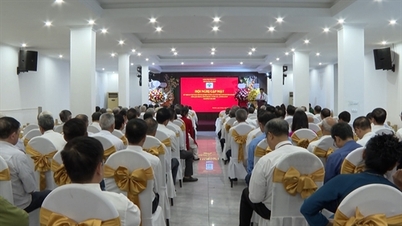

















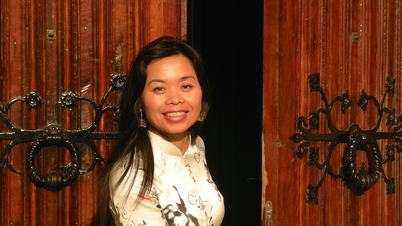











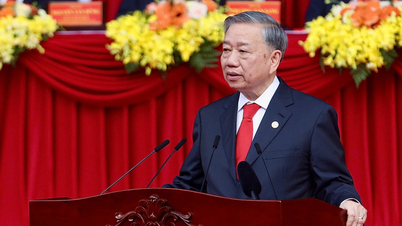

















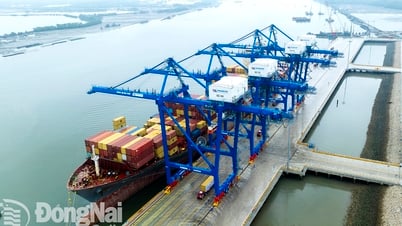
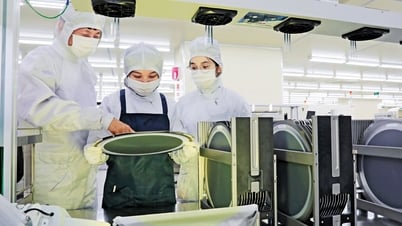



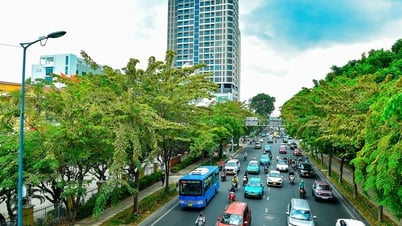

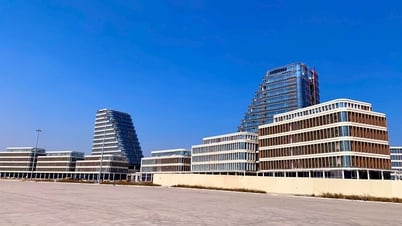











Comment (0)